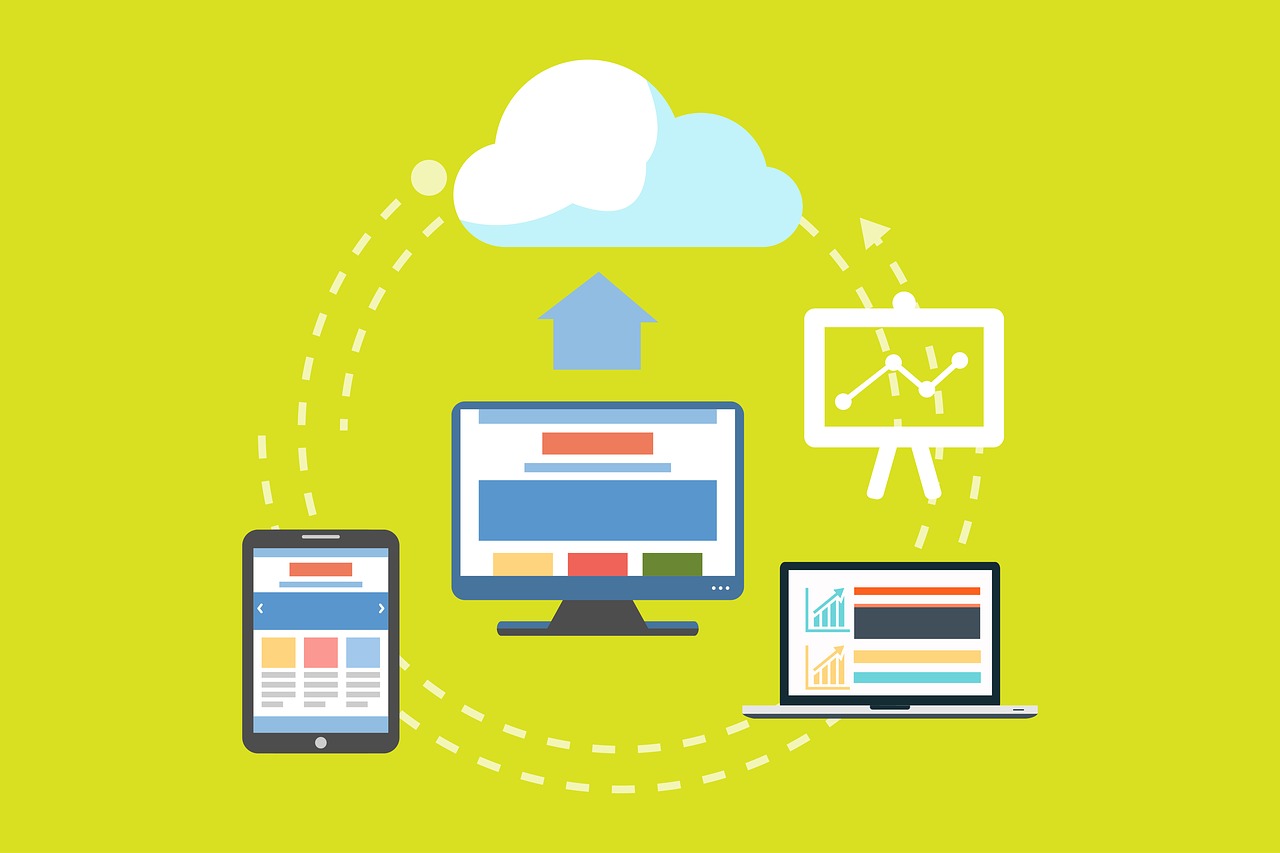Complete IT Systems opens new office in Leicester
Complete IT Systems have opened our new office in Leicester. The launch of the Leicester office comes at a time of unprecedented growth for the business and will create a number of new jobs in the city.
Founded in 2007 by Paul Spence and Ben Gregg, Complete IT Systems grew to a £16.6 million turnover in 2017 and currently employs 54 staff. Its people continue to be the engine of its growth, and in recognition of this our profit share scheme has returned 10% of all net profits to our staff.
The company is also well known for building strong relations with the local community having sponsored Bradford City FC, been crowned the Fastest growing Midsize Business in Yorkshire, playing a local role in Chamber of Commerce activities and supporting a number of local charities and educational initiatives.
On a national level it has also been recognised by the London Stock Exchange Group as one of the 1000 Companies to Inspire Britain. This award took into account Complete IT Systems’ role in generating net new employment and in making a dynamic contribution to the overall positive influence of SMEs on the country’s economy.
The business model is built on strong vendor relationships and technical skills that have been cultivated over the past 10 years, with over 20 strategic partnerships and numerous other alliances being skilfully supported by our professional services and technical teams. The commitment to achieving formal accreditations for the likes of Microsoft, Sophos, Datto, Blackberry, Lenovo, Canon, Scale Computing and many others underline Complete’s commitment to obtaining the very best expertise for its customers.
2013 saw the business expand further, with a new Glasgow office opening its doors to focus on the vibrant Scottish market, and to replicate what the company has achieved in Bradford. Four years on from its opening the office continues to go from strength to strength.
“Leicester represents a logical growth opportunity for us, and the city’s strong commitment to local business will fit perfectly with our ethos and the trusted relationships we build with our customers” said Ben Gregg, Sales Director and co-owner of Complete IT Systems. “I’m very much looking forward to this opportunity, and working with local companies to add value and efficiency to their IT and business operations”.
Our Leicester office address is:
Complete IT Systems Ltd,
1st Floor Gateway House,
Grove Business Park,
Enderby,
Leicester,
Leicestershire,
LE19 1SY














